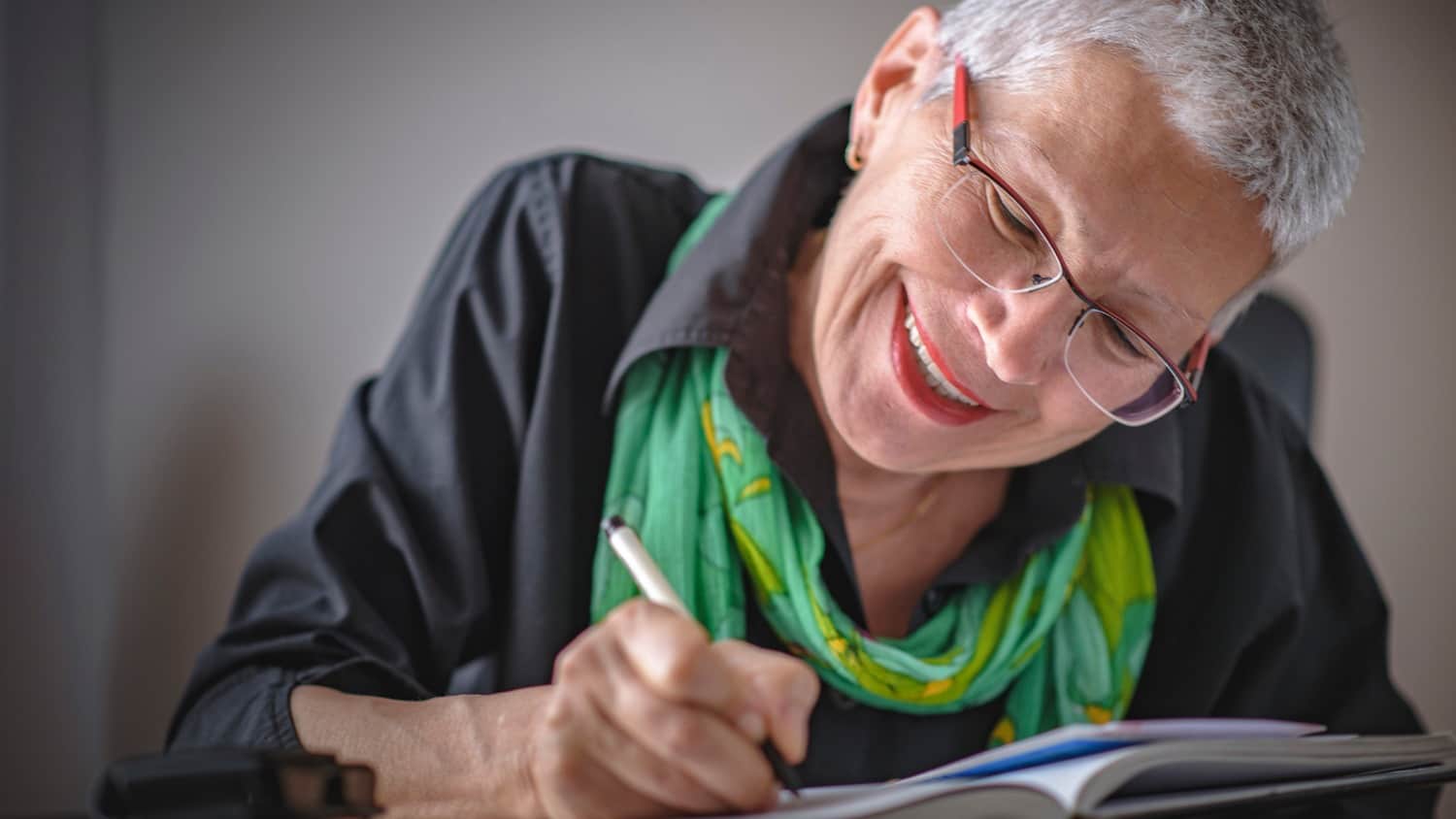
Honoring Our Mothers and Grandmothers with a Letter
When we think of the month of May, many of us think about celebrating our mothers and grandmothers. Because I was born on Mothers’ Day many moons ago, I’m blessed to have two celebrations this month, and both will be done under quarantine.
With lockdown still enforced in many states, we have to think of creative ways to celebrate and honor our mothers and grandmothers – many of whom have made huge sacrifices for, and contributions to, our lives.
However, some of us won’t be able to celebrate in person with our mothers and grandmothers, even if they’re still alive.
Write a Letter by Hand
Whether our mothers and grandmothers are alive or deceased, this might be a good opportunity to write them handwritten letters. Whether you’ll be connecting across the miles, telling them you’re thinking of them, or simply making amends, a letter is a beautiful way to connect.
Many of my writing colleagues have made a practice of writing letters to their deceased loved ones in order to stay connected. It’s not always about sending the letter; the cathartic part is in the writing.
Most of us over 60 are quite familiar with the letter form. As a grandmother of four young grandchildren who don’t read yet, I’ve made a habit of regularly writing and sending them letters. In addition to special FaceTime sessions, this is my way of remaining connected.
It’s also wonderful to watch their excitement when they see their names on envelopes arriving in the mail. I look forward to the day when they can actually read my letters themselves and not have their parents read to them.
My Letter Writing Story
The first letter I ever wrote was at the age of six, when I was sent away to sleepaway camp. I remember my mother putting a beautiful box of stationery and stamps in my trunk and reminding me to write every week.
It was so much fun drawing and practicing my handwriting skills, and there was even more excitement when my mother responded with a return letter in the mail.
As difficult as it is sometimes, I’ve tried to continue this practice many years later, and related to that, I also make a point of sending people handwritten thank-you cards.
Thank-You Cards
In addition to stationery boxes with the same cards inside, it’s also fun to find individual cards that we think will resonate with the recipient.
While many of us can’t go to stores at this time, there are many online greeting-card companies with beautiful products, and I understand that they’re doing quite well right now.
Since many of us have a lot of time on our hands, this can also be a great opportunity to take up crafts and make our own cards, like we did when we were children, using calligraphy and collage, for example. In fact, one of my birthday requests is a calligraphy set.
An Ancient Practice
The actual practice of letter writing extends back thousands of years and served as a way for people to communicate with one another, at least until the invention of the telegraph in the 19th century.
Years ago, when my eldest daughter was in grade school, we went on a field trip and visited the home of Thomas Jefferson in Williamsburg, Virginia. We learned about Jefferson’s inherent passion for letter writing.
In fact, he used a device called a polygraph (patented by John Isaac Hawkins) to make copies of all his written letters. Jefferson called it “the finest invention of the present age.”
Mental Benefits
Many studies have shown that when writing a longhand letter, we tend to dig deeper into our psyches. Writing stimulates and engages the brain to a greater extent, and some say that the most authentic writing is done with a pen or pencil.
Crafting a handwritten note can also encourage us to slow down and practice mindfulness as we take some deep, relaxing breaths during these uncertain times.
In addition, studies have shown that when we make someone else feel better with a letter, we are also boosted emotionally. We all deserve to be appreciated, and expressing gratitude to others can have a huge impact on our relationships.
Where to Begin a Letter?
So, how do you write a letter to your mother or grandmother? Here are some simple tips that are quite general and work for any gratitude letter:
- Use proper salutation (Dear, Dearest).
- Start by expressing thanks.
- Provide specifics as to why you’re grateful to them.
- Say “Thank you” again.
- Remain positive throughout the letter.
Have you written a gratitude letter to your mother or grandmother? What did you say? How did you feel while writing? What medium did you use? Why did you write the letter? If you haven’t yet, what’s stopping you? Please share your thoughts below.






